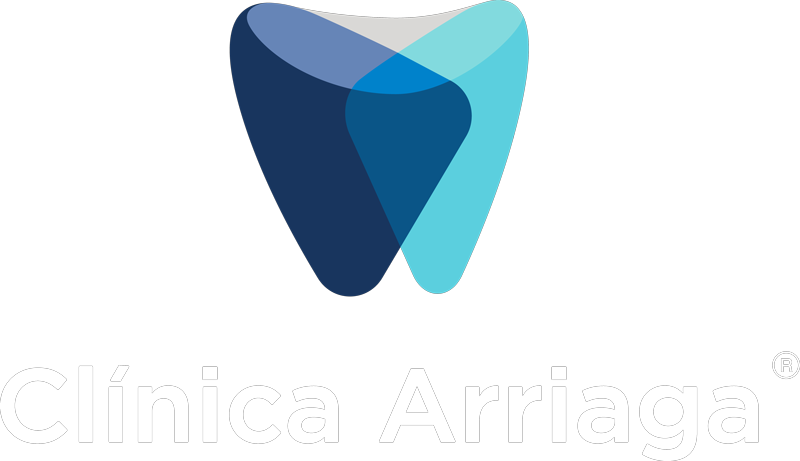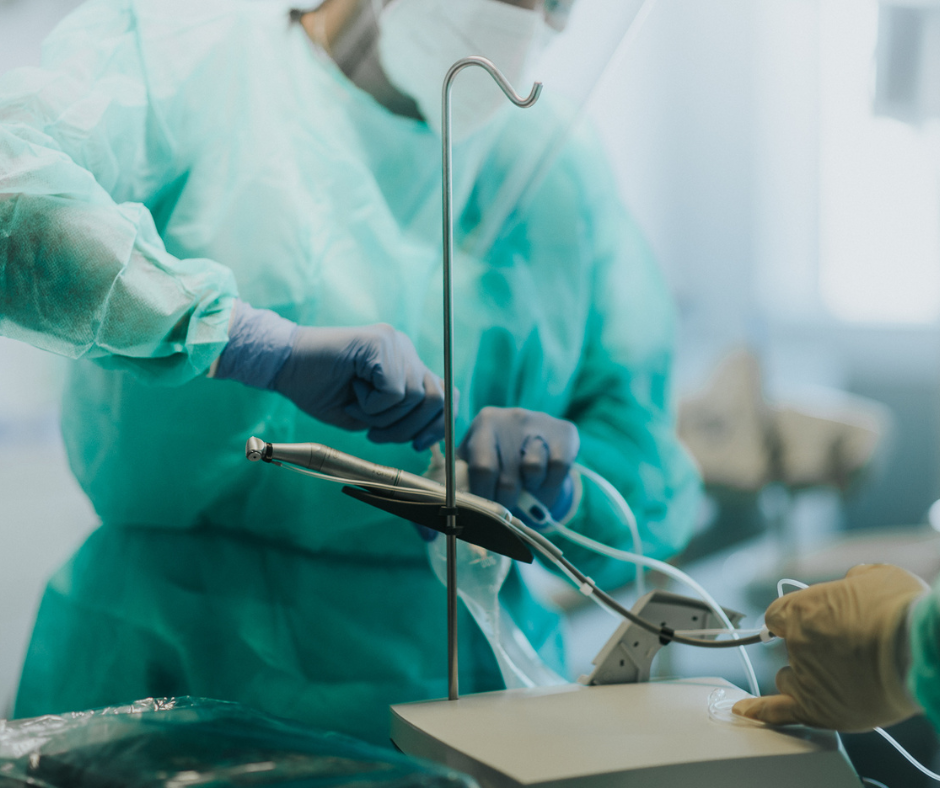Oral Rehabilitation encompasses a range of medical-dental specialties that aim to restore mastication, aesthetics, socialization, and self-esteem to patients.
The current paradigm of Dentistry presupposes a multidisciplinary approach that aims both at maintaining teeth and at managing the space available in the mouth. Maintenance is always done by taking advantage of the remaining structure of the teeth and avoiding or postponing their extraction. That said, whenever clinically possible – and according to the most current scientific literature – a tooth or part of it should be kept. The dentist should at least present this solution, managing the patient’s wishes, expectations, and economic possibilities in the best possible way.
Dental implants
If we naturally have teeth, it would be expected that in their absence or when it is impossible to keep them, we would try to replace them by imitating more faithfully what Nature has given us. That is, since the roots of the teeth are housed in the alveolar portion of the maxilla and mandible, the ideal rehabilitation solutions for lost teeth would always involve the placement of implants. These are nothing more than artificial roots that are osseointegrated and allow to restore the lost masticatory function.
Furthermore, these artificial roots do not only serve as a foundation for the actual artificial tooth(s) (in this case crown, bridge, or prosthesis). They also allow the bone to be continuously stimulated by the forces of mastication, not being reabsorbed as quickly as it happens in the absence of teeth.
This solution allows the replacement of one to all dental pieces. The materials used range from acrylic resin and metal to ceramics, which are fitted, screwed, or cemented to the implants.
Other solutions
In the same way, there are solutions with the same materials that go through the replacement of lost parts without the placement of implants, that is, they rest on the gum and/or natural dental parts. In general, the more fixed the solution found, the greater the patient’s comfort and the more effective the restoration of function.
The important thing is to invest in preventive dentistry and not postpone any type of treatment, as this could mean an increase in their complexity and cost. Oral rehabilitation? Definitely YES!




